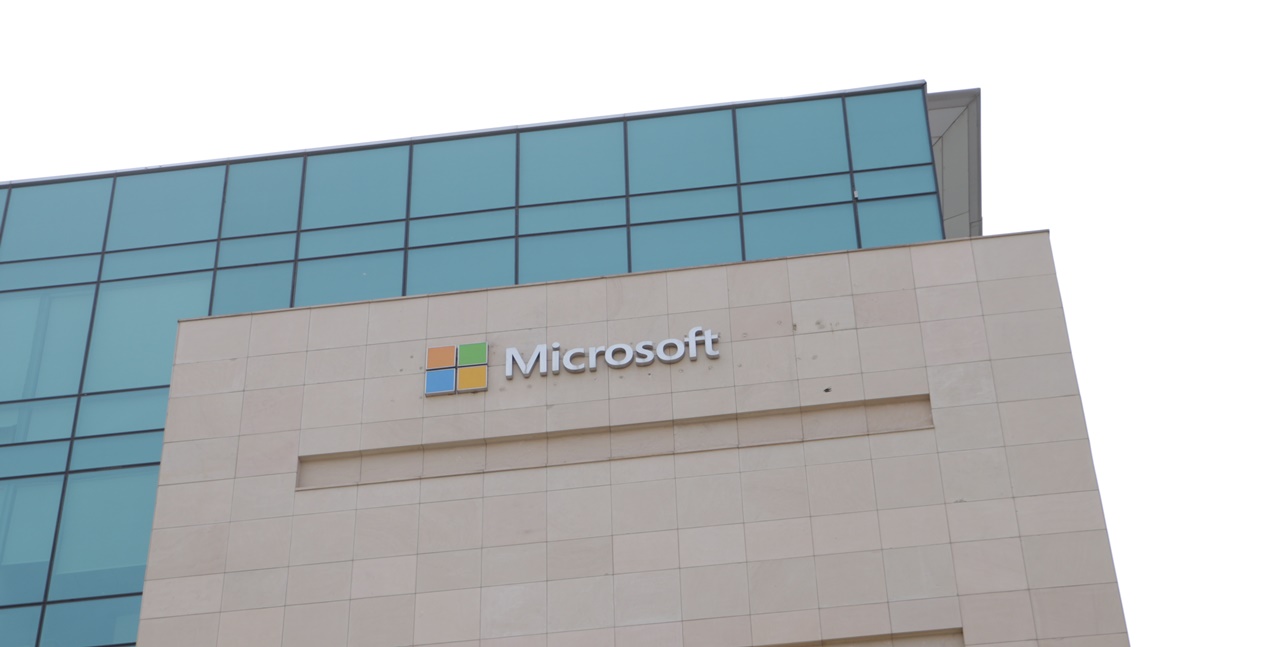Microsoft’s scientific research arm is not as glamourous as its product development teams. Despite this, the company pours the same amount of passion into science and discovery that might not go anywhere; all in the name of looking for the right questions to answer.
As it is, Microsoft maintains several research facilities across the globe. The United States houses three of them, with others built in Mexico and the UK. Asia is home to two such locations: which are unsurprisingly in China and India.
What goes on in these locations is not looking for the next killer app or a future Windows feature. Rather, Microsoft employs scientists to delve into anything they think is valuable for the future of mankind. This takes the shape of agriculture, linguistics, and anthropology. Of course, technology-centric work like artificial intelligence and conversational computing also tends to appear in the labs.
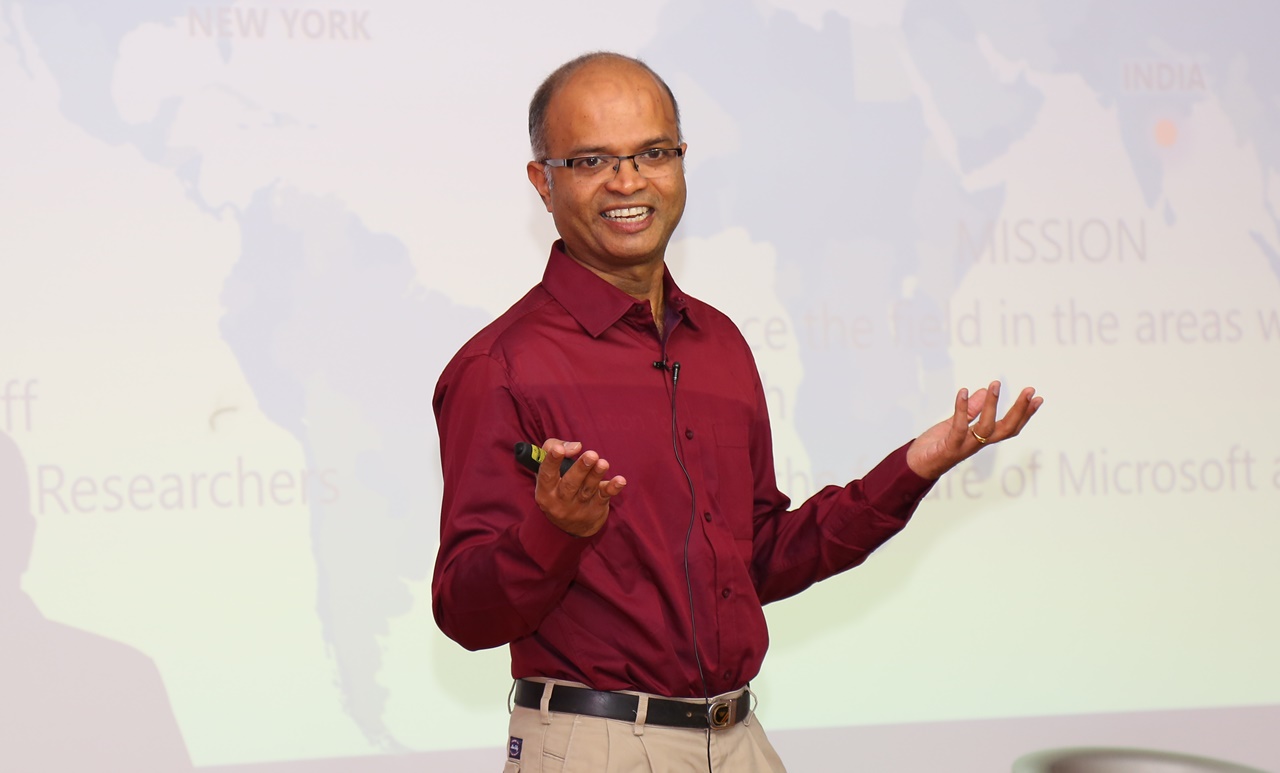
According to the Managing Director of Microsoft Research India, Sriram Rajamani, the majority of the work is not to answer questions; but rather to look for the right questions to ask. This is particularly important in Asia, since the continent is so different from Western society and requires its own approach when tackling societal issues.
Fighting Tuberculosis
99dots, a pilot programme launched as a result of Microsoft Research (MSR), seeks to improve treatment of tuberculosis in India. The disease is all but eradicated in the west, but proves to be a major problem in developing countries – largely due to the lengthy treatment period.
Tuberculosis is easily curable, and poses no real threat unless left alone. However, cure requires a 90 day course of medication. Most patients fail to finish the course due to the sheer amount of time, allowing the disease to remain in the body and mutate into a more drug resistant strain. This despite the Indian government dispensing TB medication for free.
Contemporary treatment plans either rely entirely on the patient to take on the responsibility of taking their medication, or by making the patient visit a clinic daily to take a dose in front of medical personnel. Neither method has proven effective due to the inherent weaknesses in both cases.
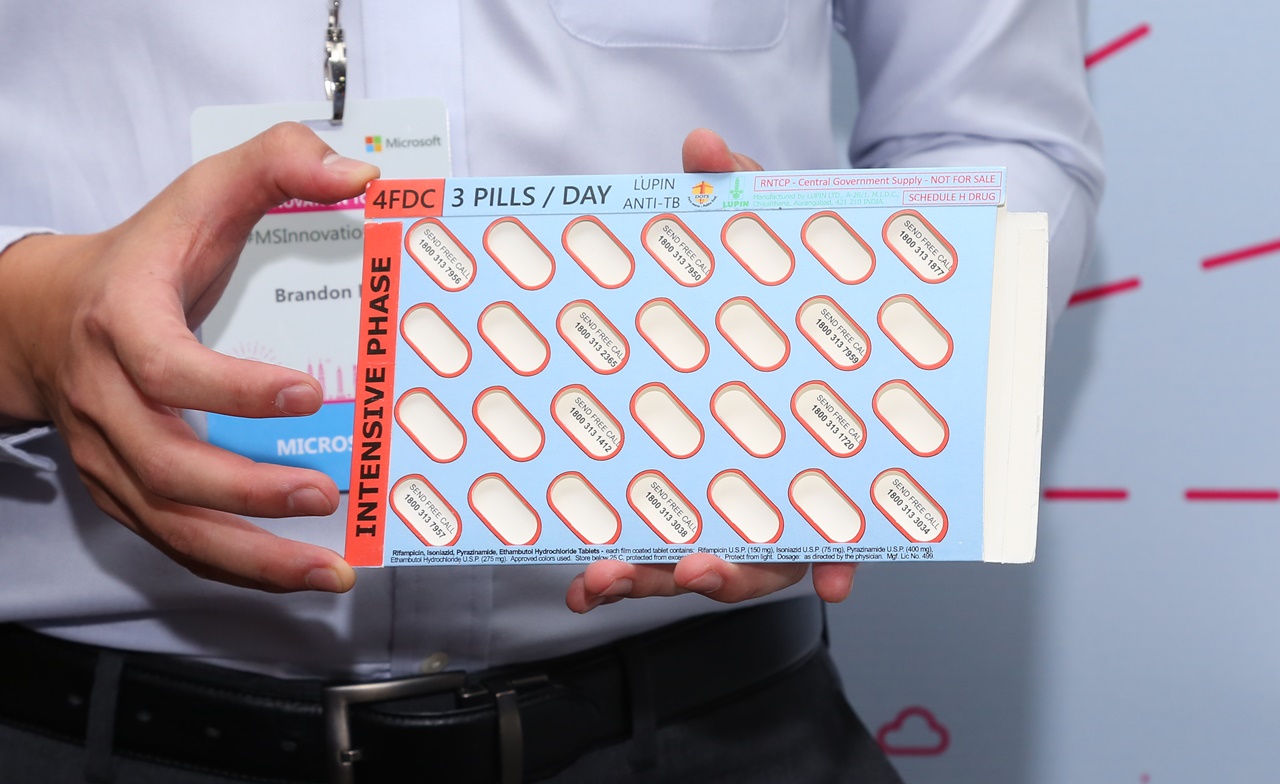
99dots combines a low tech method of dispensing medication with a high tech analytics back end to track patient progress. What it does is add an extra sleeve to the medical pill strips. These sleeves contain a randomised toll-free phone number that is only revealed once the pill have been removed from the strip.
Patients are asked to call the phone number to check in, which then updates the system. Of course, this results in the patient ending up with a pill in their hand; a situation that 99dots says will more likely than not result in the medication being consumed.
The back end system of 99dots provides healthcare professionals with a chart; along with analytics on patients that have been failing to check in. This allows the doctor to remotely keep an eye on patients; and possibly check in should the patient repeated fail to consume the TB medication.
It’s still too early to tell what kind of impact 99dots has on the disease. For now, the programme is still undergoing trials in India. Although it has already moved out of MSR’s research lab and into the real world.
That said, the team behind 99dots hopes to expand the programme to other countries in Asia where TB is a problem. These are mainly developing countries with a large portion of the population living below the poverty line. Which is one of the main reasons that the patient facing part of the solution has to take on such a low tech form.
Find your own way

Microsoft Research doesn’t direct its researchers down any particular path. Instead, it looks to facilitate the research and takes a hands off approach to projects. Although, that isn’t to say that its staff are able to do just about anything they want without oversight. Rajamani explains:
“Because we work on the future, Microsoft Research labs gives its employees the freedom to choose what they work on. In fact, one of the reasons why our researchers come to Microsoft Research is because they get to choose what they want to do.
“So we don’t tell people ahead of time to work on this problem or that problem. That said, once they choose what they want to work on, there is a feedback mechanism that is available within the lab and across labs. To give them feedback on whether that problem is important, or how useful those things are, and also if multiple people are working on similar things, we try to get them to collaborate.”
Microsoft Research does not only to provide a place for researchers to work, but to also inculcate a culture of scientific inquiry. The Indian facility alone takes in between 80 and 100 interns during a year; providing them with valuable working experience and networking opportunities.
Intern is perhaps a little misleading. The individuals that join Microsoft Research this way are more often than not post-graduate students who are in the middle of completing their own PhDs. This arrangement creates a situation where Microsoft Research is in the position to assess potential additions its research teams; giving it access to the best and the brightest minds the scientific community has to offer.
Farming in the 21st century
Most of India’s farmers are still stuck using traditional methods. They may have access to newer breeds of crops; but still rely on old fashioned techniques for determining when to begin sowing. This lack of data often leaves them with inefficient yields and susceptible to climate change.
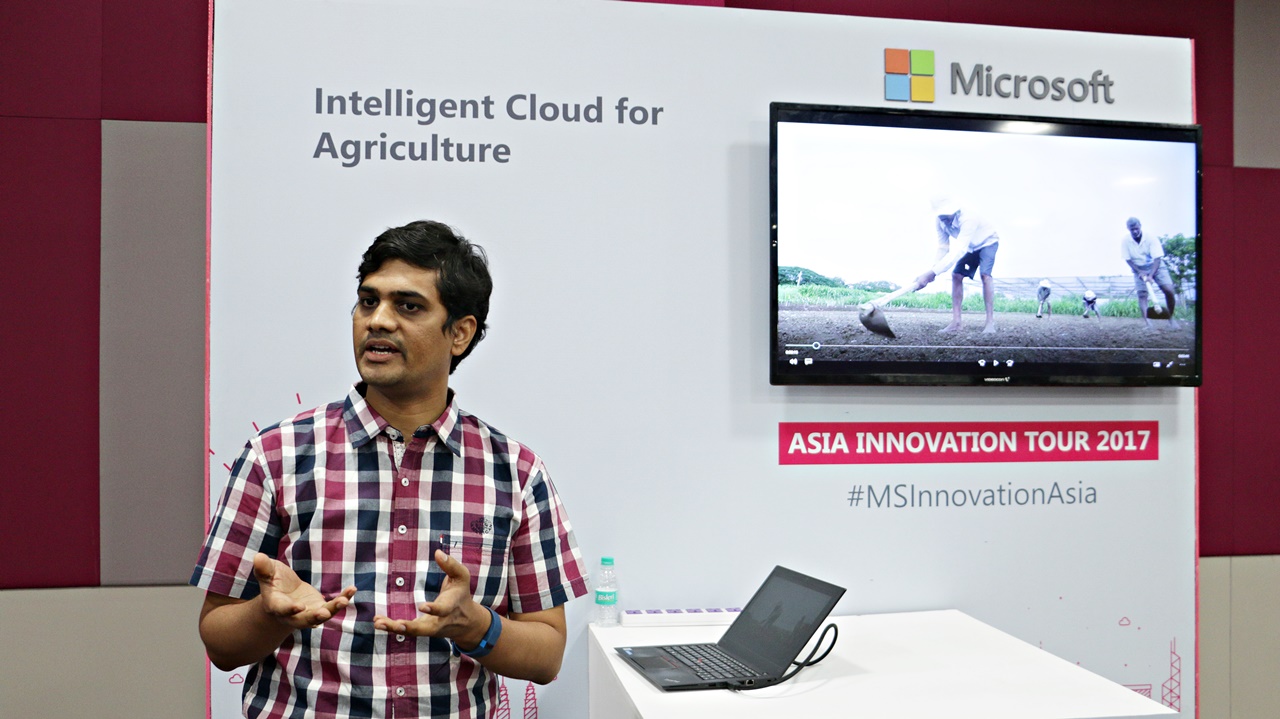
Microsoft Research, working with International Crops Research Institute for the Semi-Arid Tropics (ICRISAT), have applied modern data modeling technology to a trial programme in the Andhra Pradesh region of India. Historical weather data was used to predict the optimal sowing time for groundnuts, which lead to farmers being asked to delay the start of their farming season by three weeks. Despite the later than usual start to the farming season, the farmers saw a 30 percent larger yield.
Creating the model for farmers was a massive challenge for researchers. They had access to some 20 years of historical weather data, but lacked information about other farm conditions. As a result, the group had to extrapolate information from other sources to be fed into the Microsoft Azure Cloud for modelling.
It’s still too early to consider the farming project a success, and Rajamani was hesitant to say that the work is done. There is still a lot of data to be collected from the first season, and Microsoft is working with ICRISAT to deploy more sensors to fill in any gaps in its data.
Working From The Garage
Microsoft’s culture of research isn’t only confined to its laboratories at Microsoft Research. The company offers a workspace for its staff to tinker and experiment with technologies in their spare time; a programme similar to what Google offers. This is less structured that Google’s mandate of allotted time, and Microsoft employees are not specifically instructed on how much time they can spend in the Garage.
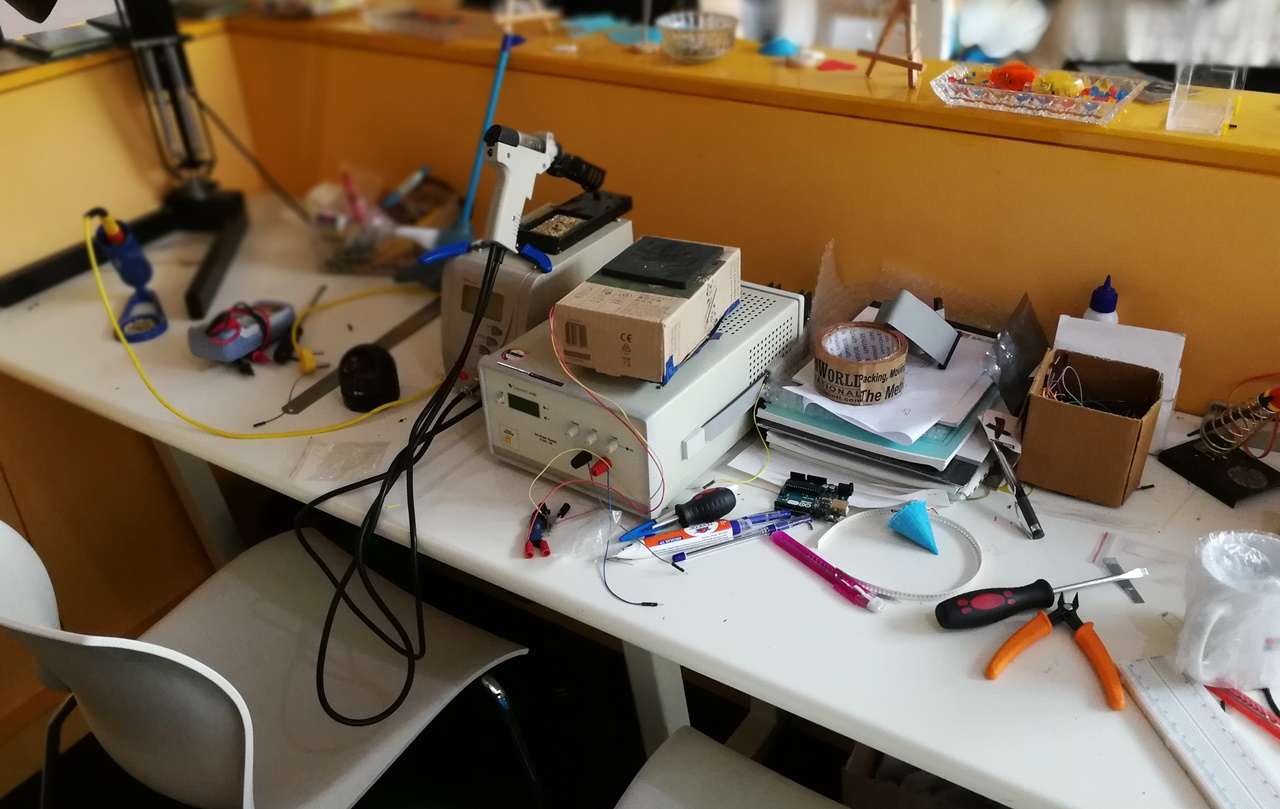
The name, The Garage, is meant to evoke the startup culture from which all the technology giants started. Microsoft, Apple, Yahoo, Google, and Amazon all started from a group of highly motivated geeks working from their parents’ garage; and the goal is to recreate the environment.
For Microsoft, The Garage is not only a concept, but also a physical space built in selected Microsoft offices. The locations feature everything that engineers could want to work on hobby projects. Tools, electronics, 3D printers, laser cutters, and even VR headsets are all made available.
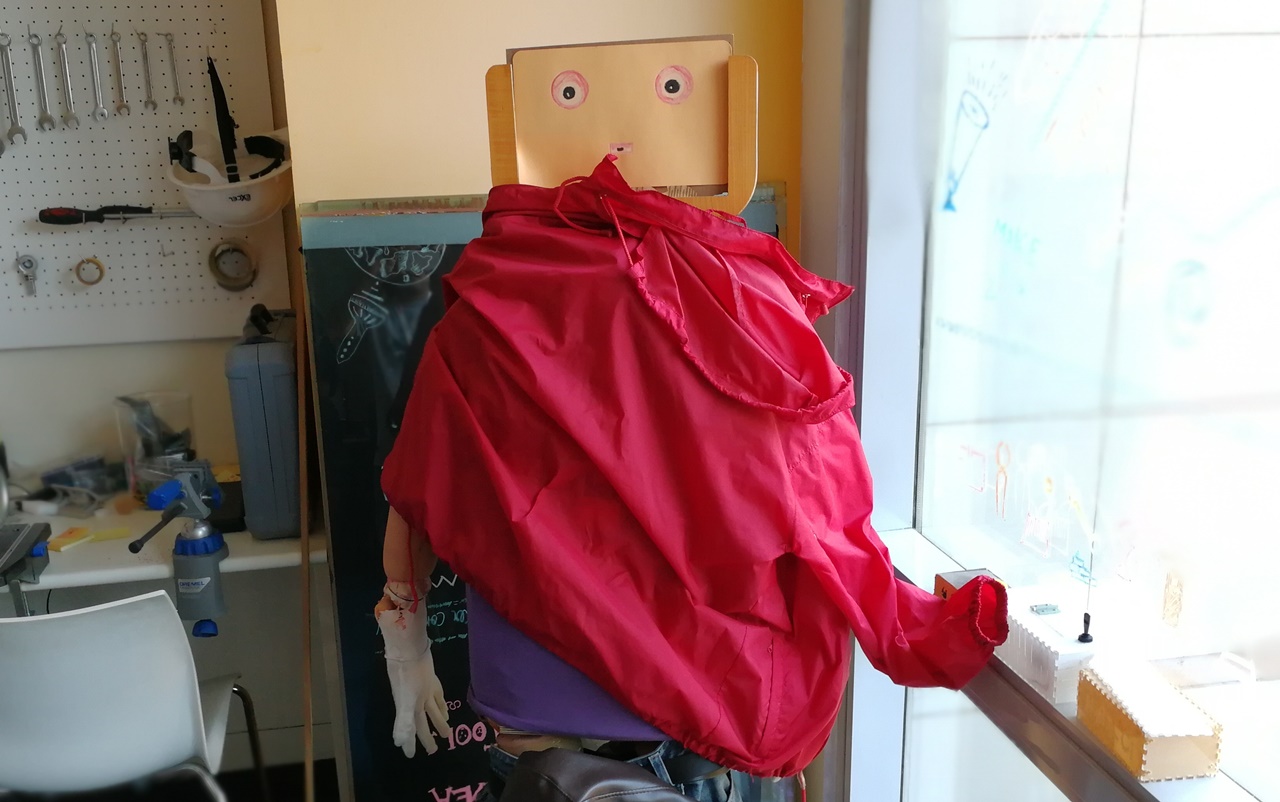
Here, Microsoft employees can work on just about anything. Without having to worry about the project turning into a viable product. It could be as simple making a birthday present; or a robot companion to keep people late at night.
Microsoft India is still in the process of building it’s own Garage space; which will eventually take up a 5000 sq ft room near the central atrium. For now, the engineers keep the spirit of inventing alive in a converted office space known as the Maker Bay.
The End Game
Microsoft Research’s goal is simply to apply Microsoft’s technologies to the fields that would benefit the most from it. It may not always result in a new feature for Windows or MS Office, but that is not why it chooses the best and brightest minds available to staff its laboratories.
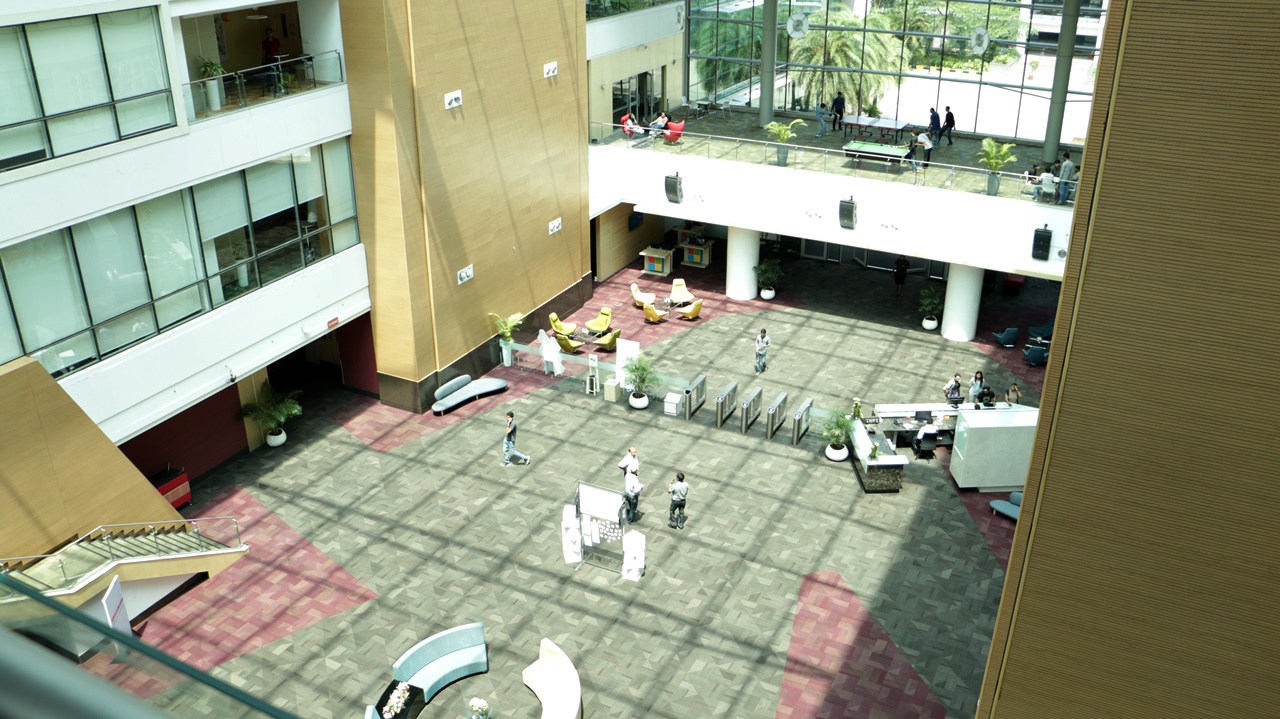
There is, however, a secondary goal at Microsoft Research India. That is to offer a viable career option for those who want to go into post-graduate studies. According to Rajamani, India produces a massive number of graduates every year; yet only a handful return to complete their Masters or PhD. Ultimately, he would like to see more doctorates produced in the country.
Sridhar Vedantham, Head of Businesss Strategy & External Projects at Microsoft India, adds: “We have a lot of these PhD granting institutions who have professors who are very keen to take on students, but they don’t have the students or the funding. Then there are these good colleges who don’t give out PhDs. So we have this programme where we fund professors to take on a large number of students. We work with the institutions so that students can come in from the outside [of the university] to work over the summer and so on.
This part of the charter that we accepted in India and took on ourselves. Of helping to grow the Indian research ecosystem. It’s a little different in India, because we have a large focus on the undergrad. Globally, you’ll see more grants given directly to the universities.”
There may be a lot of work being done in India, and China, but that is not to say that only one country stands to benefit. The research done is intended to help all developing countries and bring them into the 21st century. 99dots is perhaps one of the most important developments in the fight against Tuberculosis; a disease that is almost completely eradicated in the developed world.
Similarly, the work with ICRISAT stands to improve crop yields of farmers who still lack access to anything more modern than a feature phone. Ideally, this will result in a better income for the affected farmers. It may also help reduce the devastating effects of climate change on farmers who have followed the same planting schedules for generations.
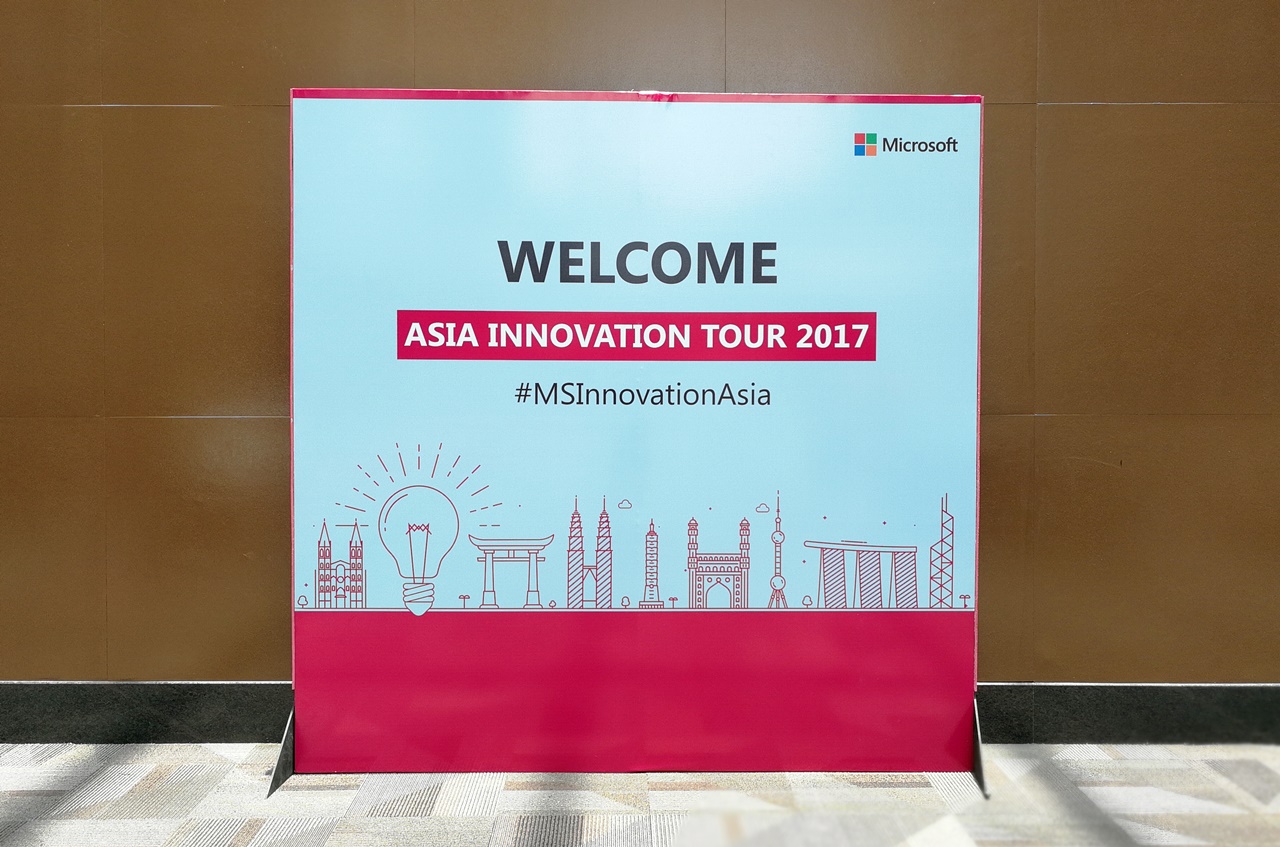
Whatever the focus, the people at MSR are using technology in the way that best benefits humanity as a whole. Nobody has directed them to solve the problems plaguing mankind. Rather, it is a matter of “what questions should I be asking?”
Follow us on Instagram, Facebook, Twitter or Telegram for more updates and breaking news.


